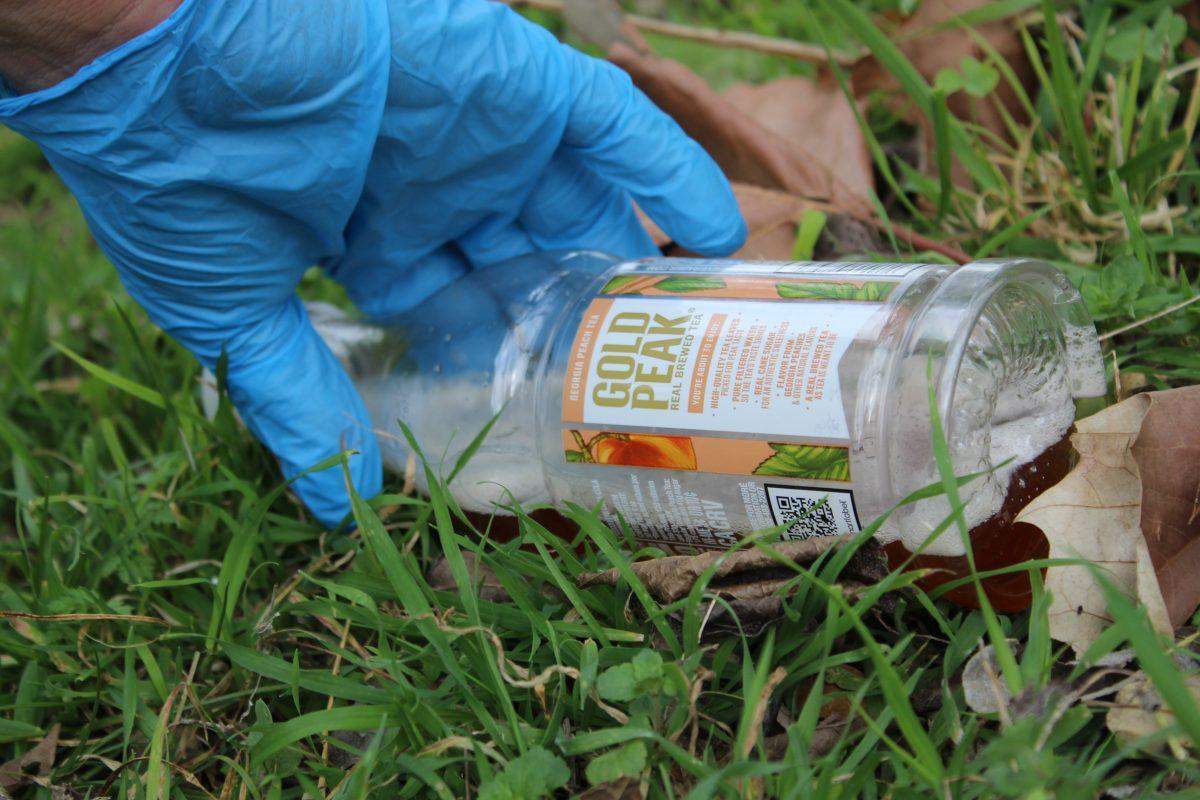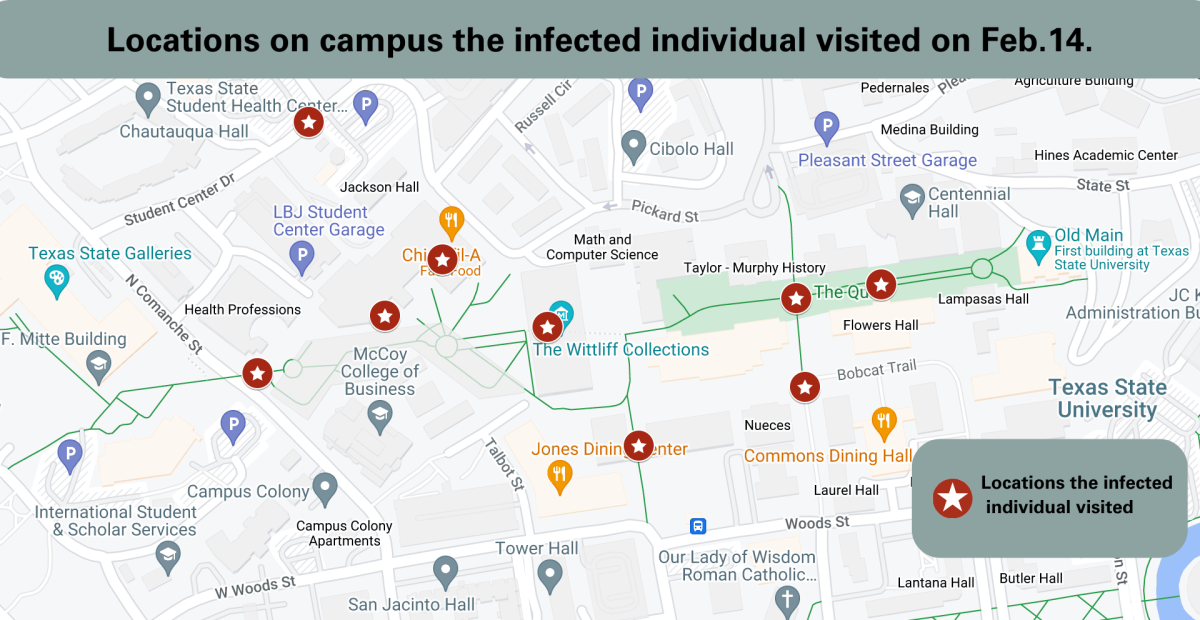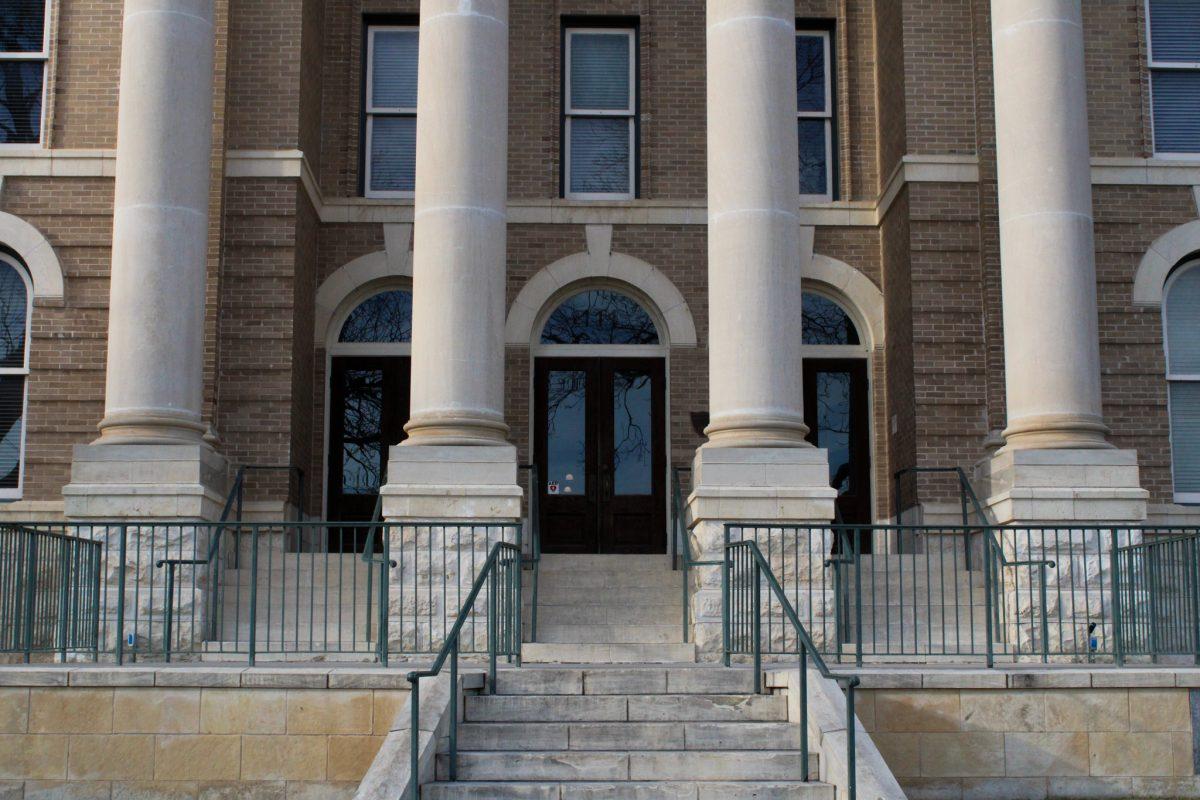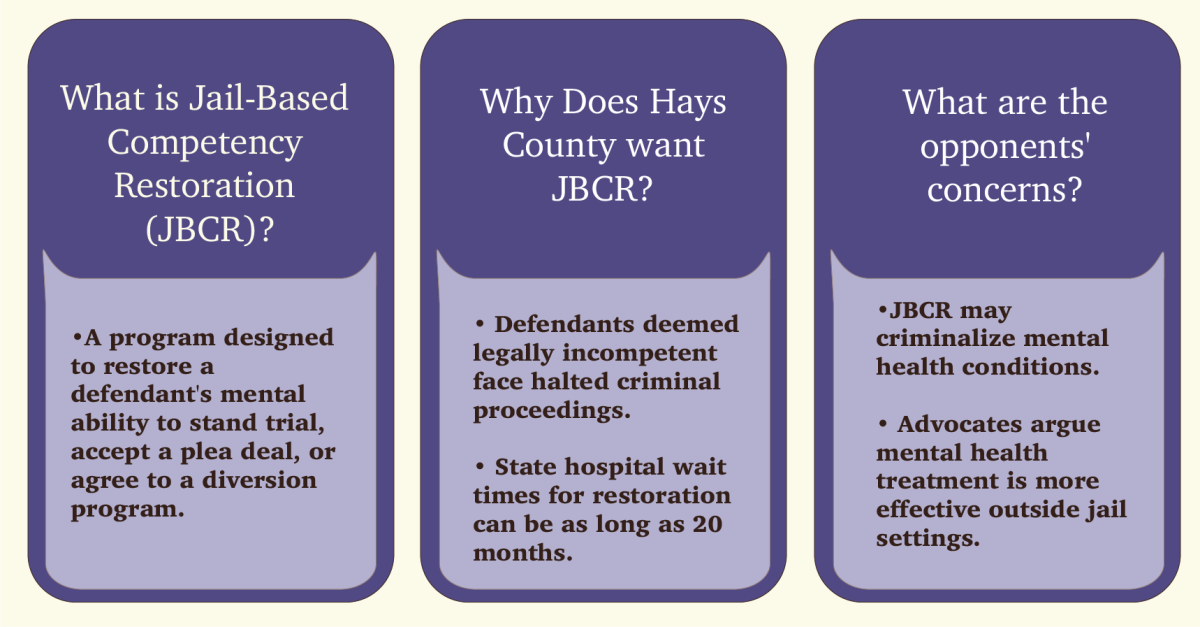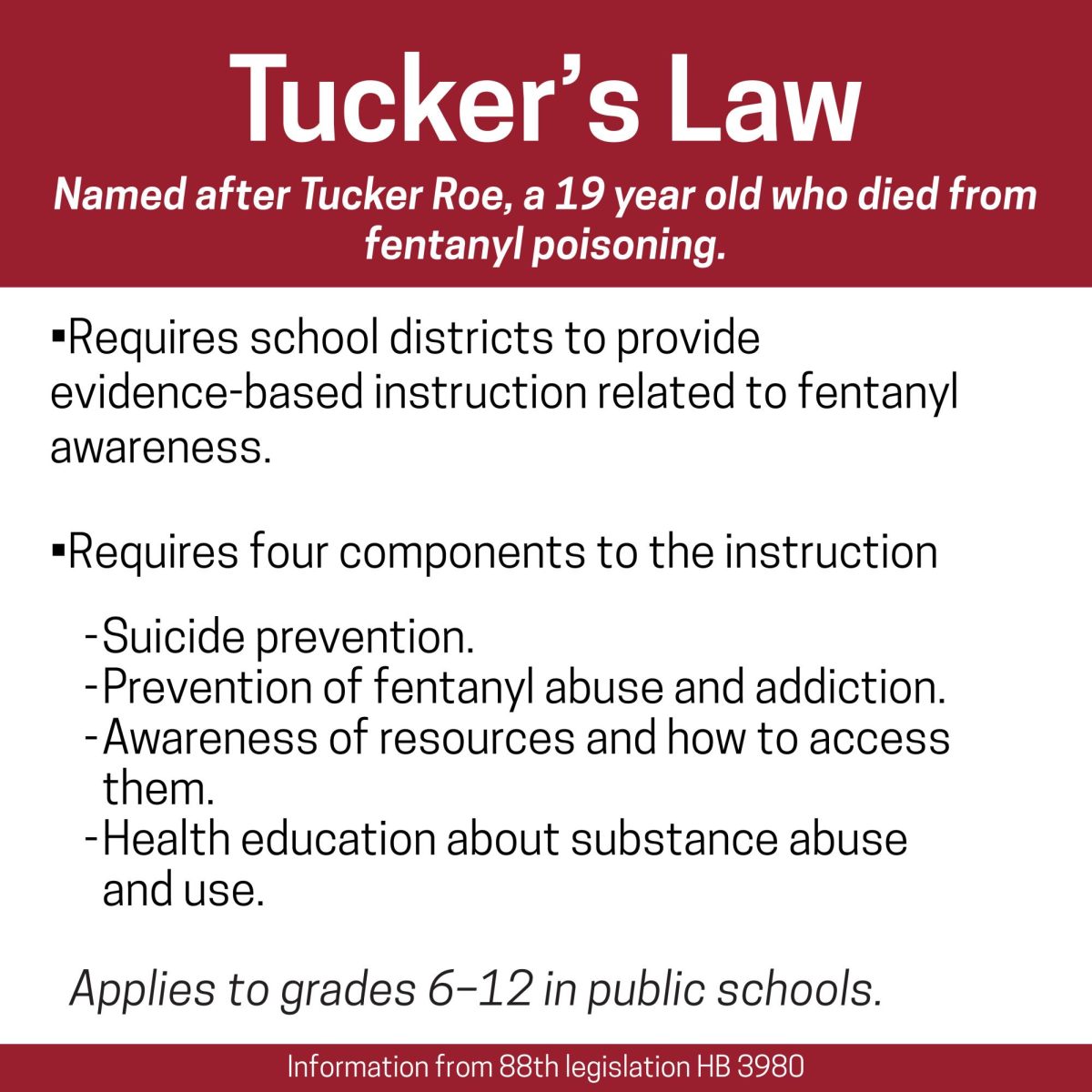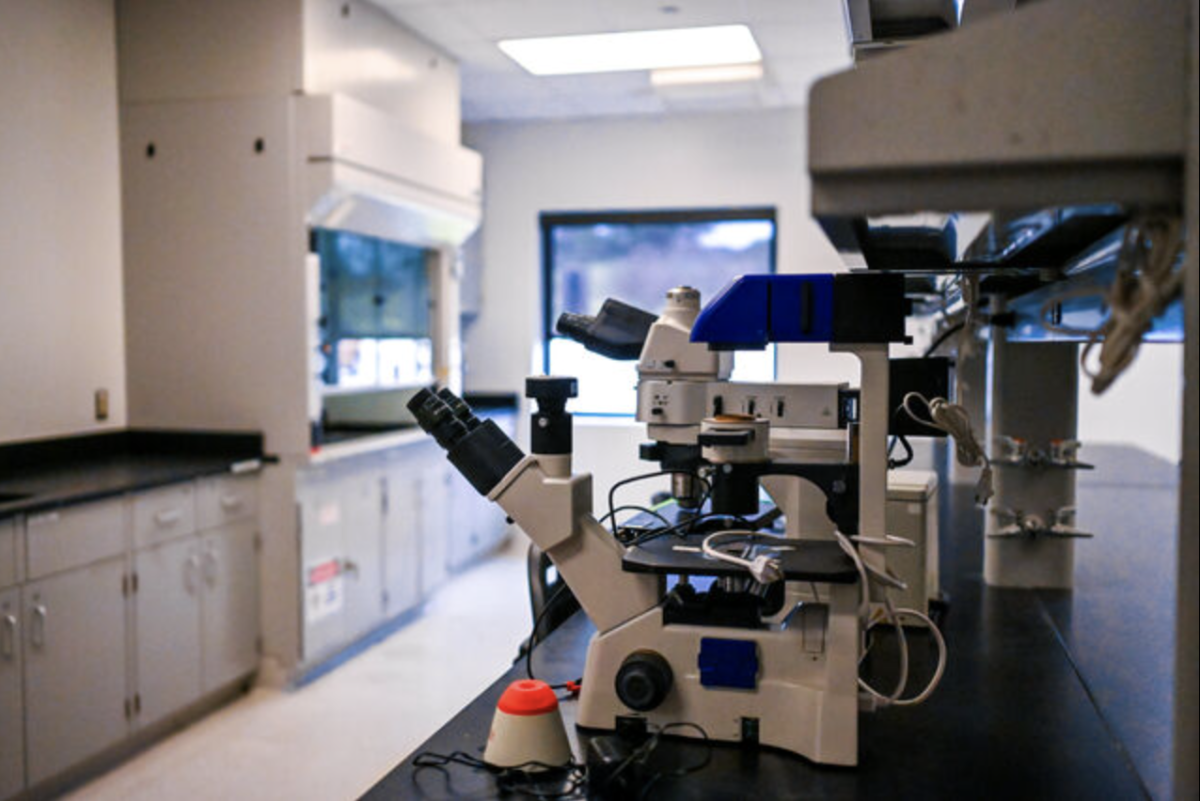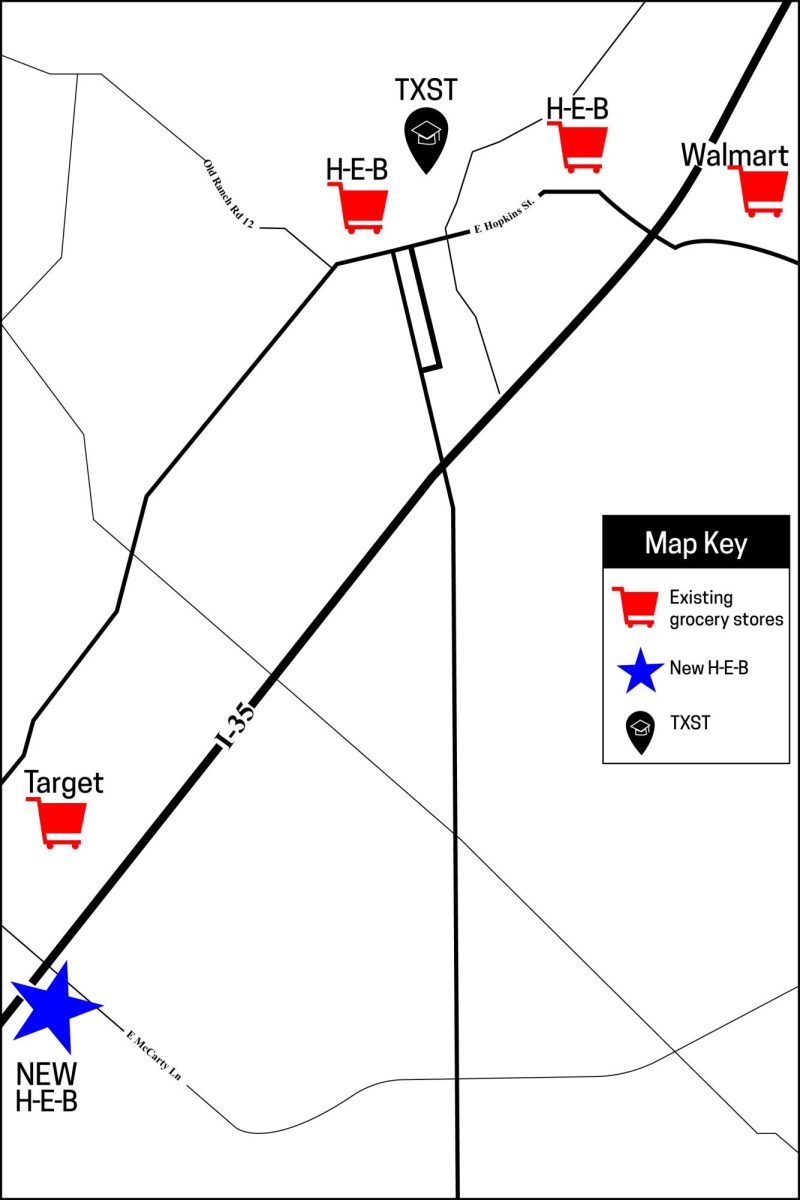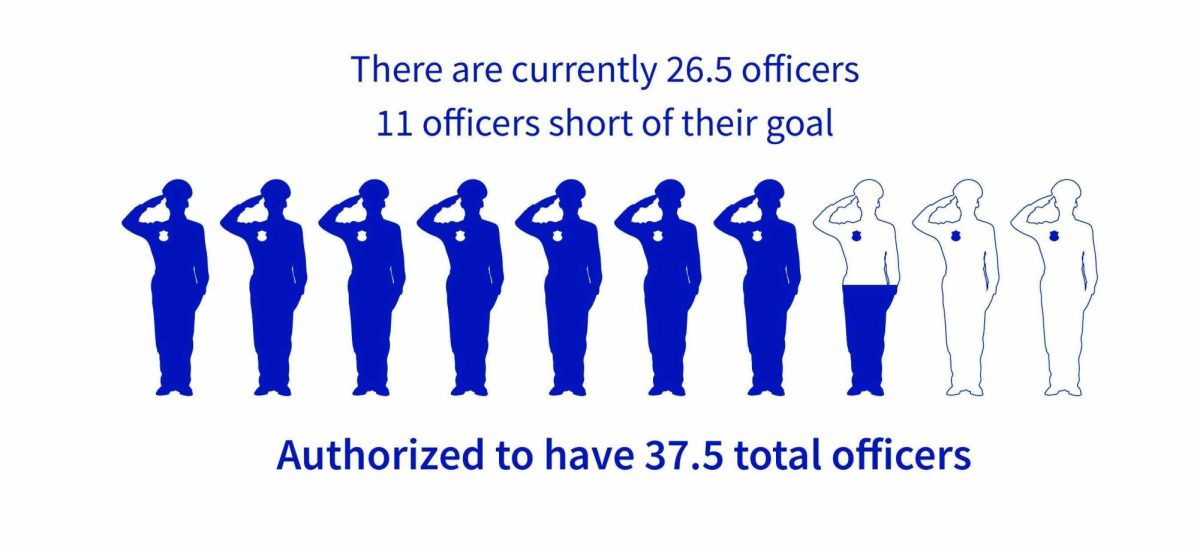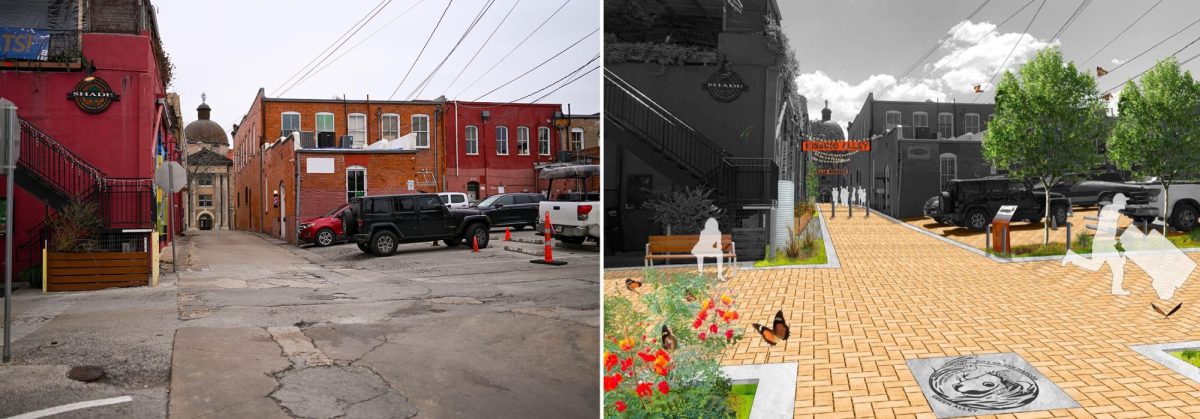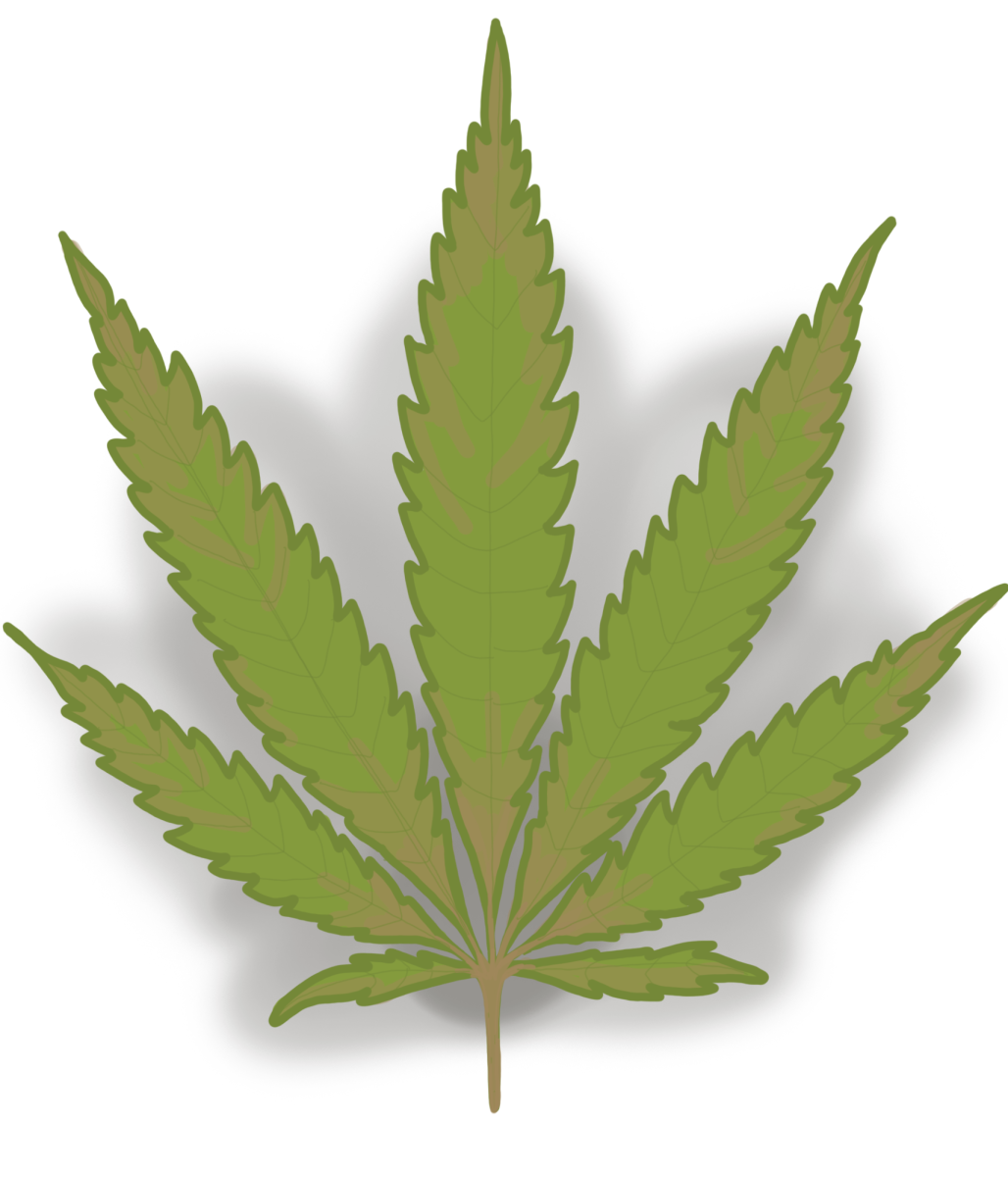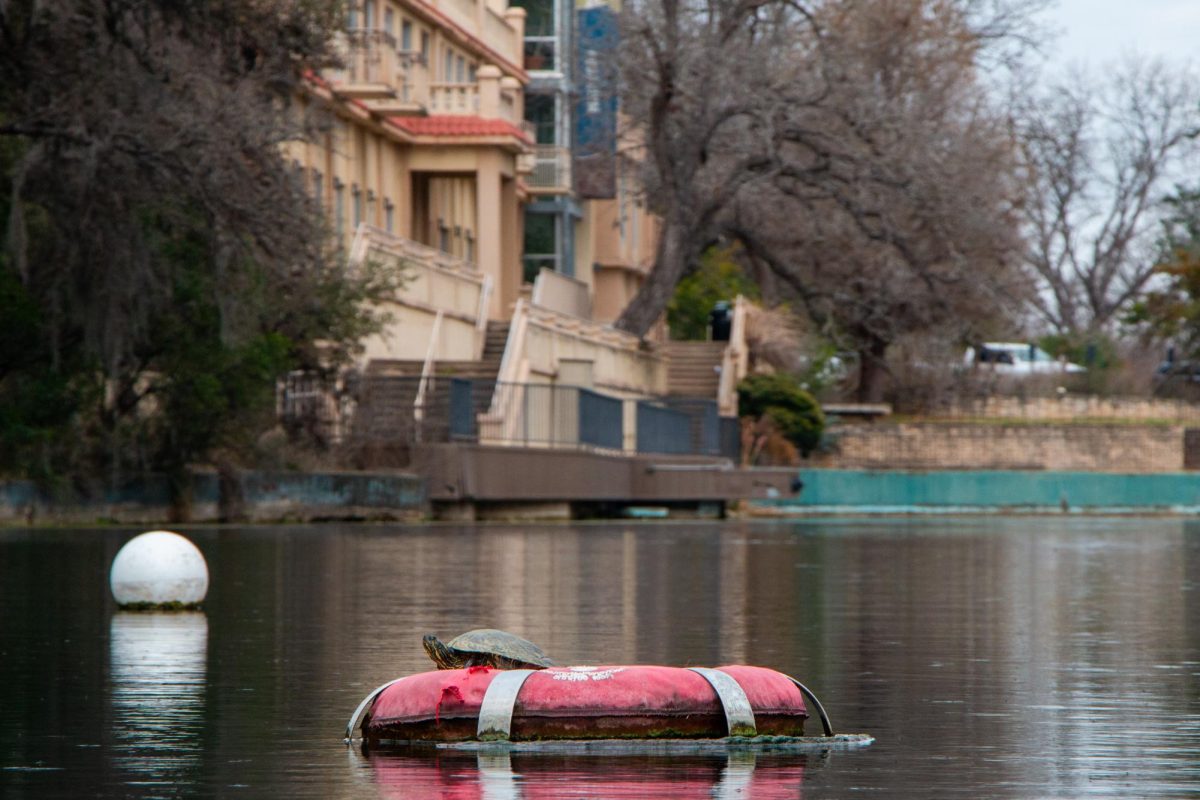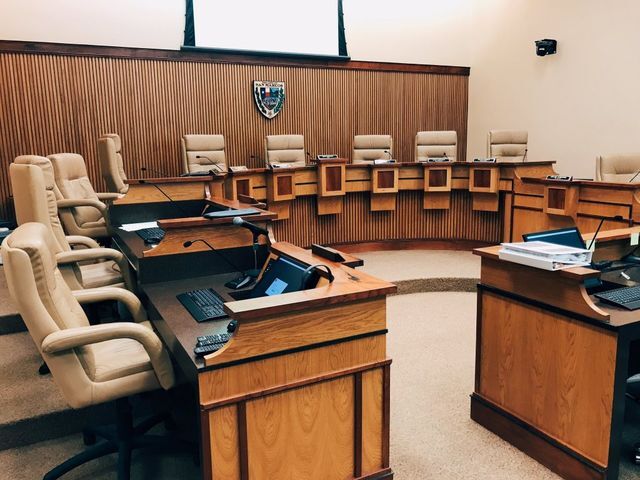Over 750 volunteers gathered across San Marcos to collect trash throughout 10 different watershed locations on March 5 at the 37th Annual Great Texas River Cleanup.
Student and citywide organizations along with local families and individuals passionate about keeping San Marcos beautiful, donned gloves and grabbed trash bags to do their part to maintain the city’s natural beauty.
The event involved coordination from the city, along with a variety of local businesses and organizations including the Greater San Marcos Partnership, Sur-Powr Battery and the San Marcos Area Chamber of Commerce.
Jesse Garza, who does geographic information system work for the city’s public services complex, participated in the clean up for the first time this year. Garza helped facilitate the cleanup at the Sink Creek watershed location. While the area isn’t located near the San Marcos River, trash and debris ultimately end up in the river due to rainfall and runoff, so it was equally important to keep the area clean.
“What goes here flows here,” Garza said. “I was surprised that we’re out here [so far from the river], but I guess everything technically flows back to the river. We can’t see all the stormwater infrastructure.”
Hula hoops, harmonicas and even horseshoes were found littering the city. One group even found an entire animal skeleton in a neighborhood park.
Litter and pollutants not only affect the beauty of the river but the water quality as well. One of the main perpetrators of deteriorating water quality is microplastics. Microplastics are less than five millimeters long and occur when larger plastics, such as wrappers, plastic bottles, tires and even polyester fabric, break down into smaller pieces.
These pieces are often too small to see and easily end up washed away into rivers and other waterways. A large presence of microplastics can harm aquatic ecosystems and the endangered species within them.
“If you have fibers that are 100% cotton, 100% hemp or whatever plant-based, they will degrade naturally. But you want to look into it if you have polyester, meaning some type of plastic fiber,” Sustainability Coordinator at Texas State Emma Parsley said. “When you wash your clothes, these fibers will come off. And eventually, these microplastics around polyester, which is just one example, will end up leading into waterways. Because they’re so small, they’re hard to capture in water sanitation centers.”
Much like washing clothes, rainfall erodes plastic and carries it into streams. Because of the damage this causes to natural habitats, organizations and volunteers help remove as much excess plastic from the environment as possible through river cleanups.
Grace Vitale, an exercise and sports science sophomore, participated in the cleanup with the Pre-Physical Therapy Organization, a campus club she’s been a part of since the fall of 2020.
Vitale and nine members in the organization joined volunteers at the Cottonwood Creek watershed located near the Tanger Outlets where they found Styrofoam, beer bottles and discarded clothing. While the terrain of the location provided some difficulties for the group, Vitale enjoyed the experience overall.
“I was getting scratched up and bit by fire ants, and it was very muddy, but it was a great experience bonding with my organization,” Vitale said. “We were all very tired, but we don’t get a lot of opportunities to have events like this where we’re really doing good while also socializing.”
The Great Texas River Cleanup occurs each year in the spring. Other river cleanup opportunities in San Marcos also take place throughout the year led by organizations such as the San Marcos River Foundation and the City of San Marcos.
Categories:
Volunteers preserve local environment in 37th Annual Great Texas River Cleanup
March 10, 2022
0
Donate to The University Star
Your donation will support the student journalists of Texas State University. Your contribution will allow us to purchase equipment and cover our annual website hosting costs.
More to Discover


